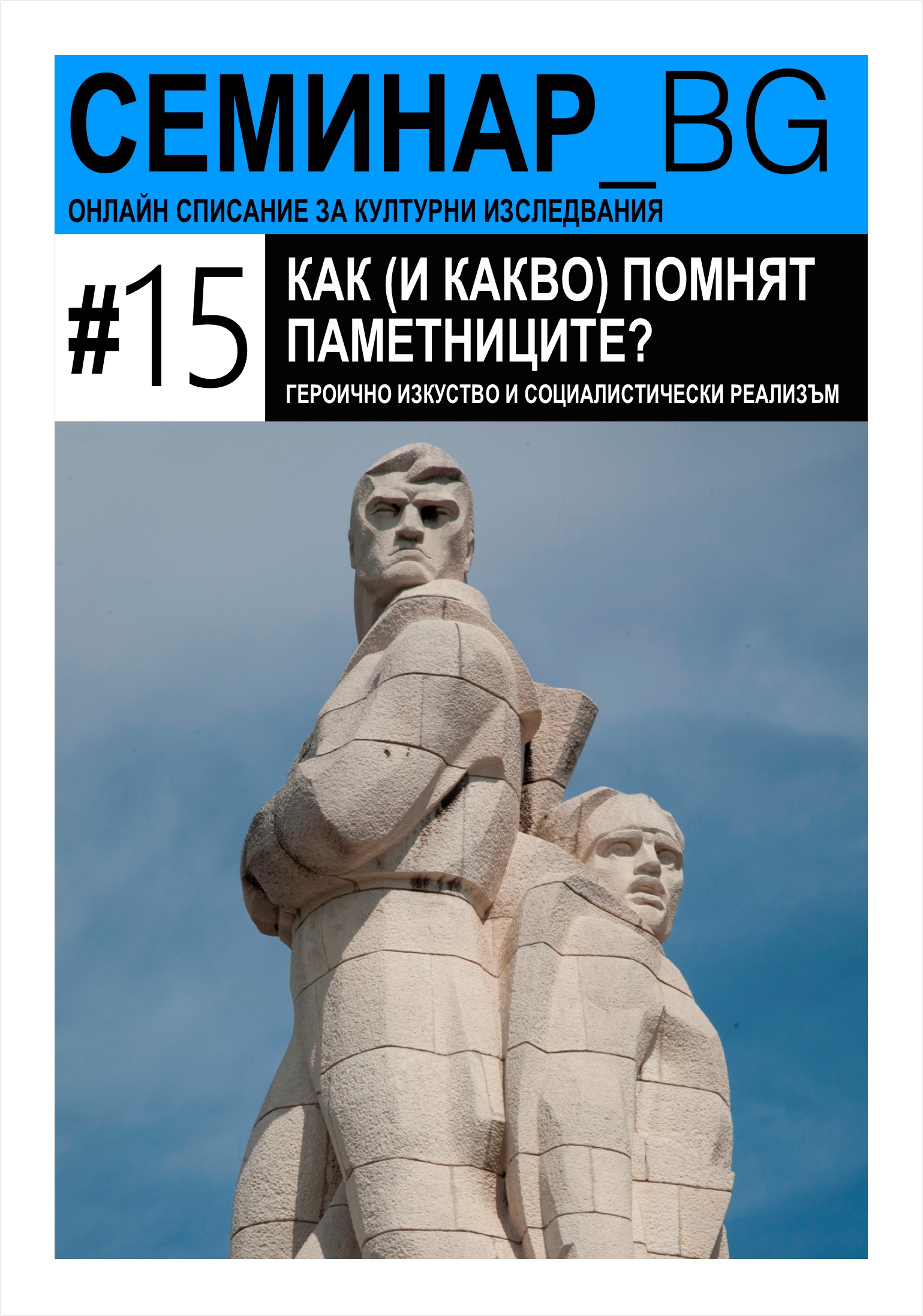Сакрални хронологии и линии на приемственост с предходни епохи в паметниците след 1944 г. в България
Sacral Chronologies and Lines of Continuity with Previous Epochs in the Monuments after 1944 in Bulgaria
Author(s): Nikolai VukovSubject(s): Anthropology, Social Sciences
Published by: Фондация Медийна Демокрация
Keywords: socialist monuments; heroes; sacred chronology; historical continuity; symbolic power
Summary/Abstract: The article interprets the attempts of the ruling ideology in Bulgaria after 1944 to sacralize itself by construing lines of historical continuity with previous epochs and by visualizing these lines in various monuments and memorial forms. The following major examples of building such “sacred chronologies” are analyzed: the discourse about the “second liberation” in the monuments to the Soviet Army and the Bulgarian-Soviet friendship; the ideas about the steady continuity of the “antifascist struggle” between 1923 and 1944 in monuments to the September 1923 Uprising and to the dead in the partisan guerilla movement in 1940s; the narrative about the “three generations of fighters” in monuments dedicated primarily to figures and events of the national liberation struggle, but reflecting also the antifascist resistance and the establishment of the communist regime. Special attention is paid to the house-monument on the peak of Buzludzha as a specific culmination of the Party’s attempts for sacralization through the accumulation and mutual valorization of different historical epochs. All these processes gained important significance after 1989, when the rethinking of national history in the context of the political changes is in direct connection with the new approaches to interpretation and assessment of the public monuments inherited from the previous period.
Journal: Семинар_BG
- Issue Year: 2017
- Issue No: 15
- Page Range: 56-81
- Page Count: 26
- Language: Bulgarian

